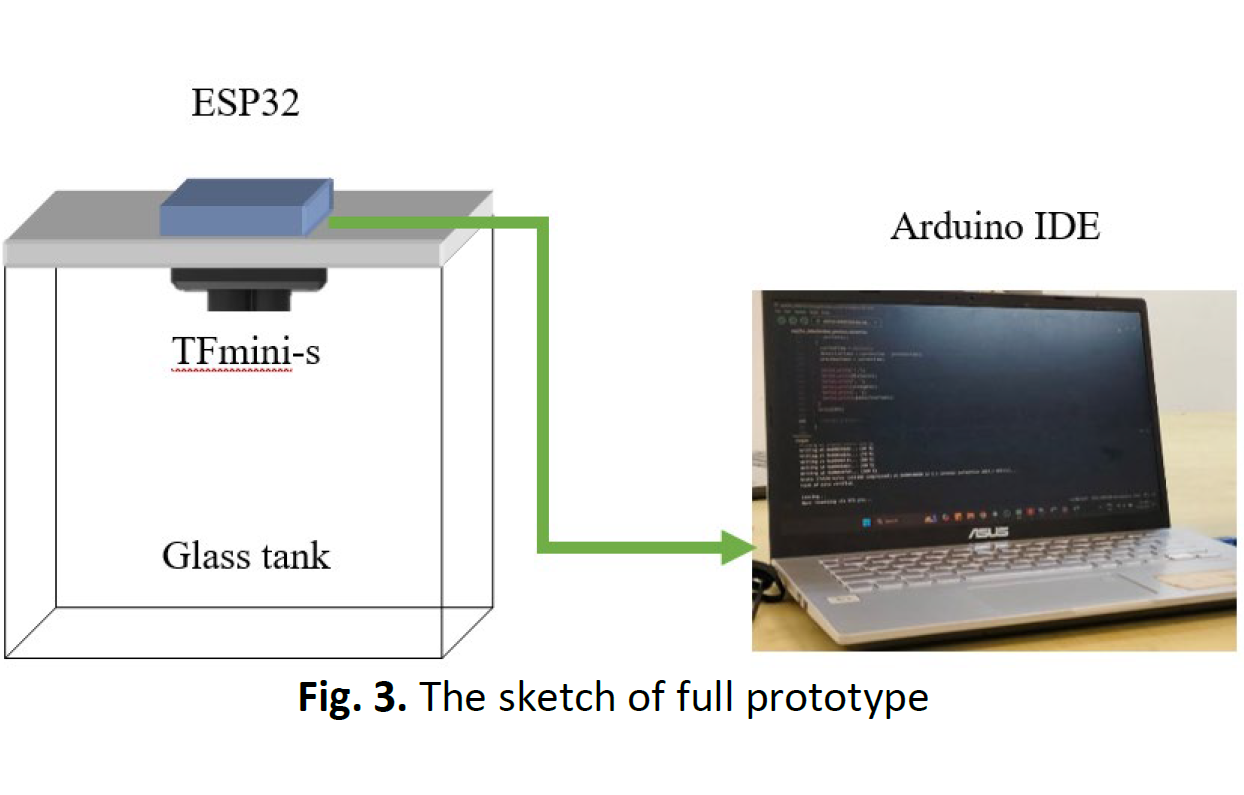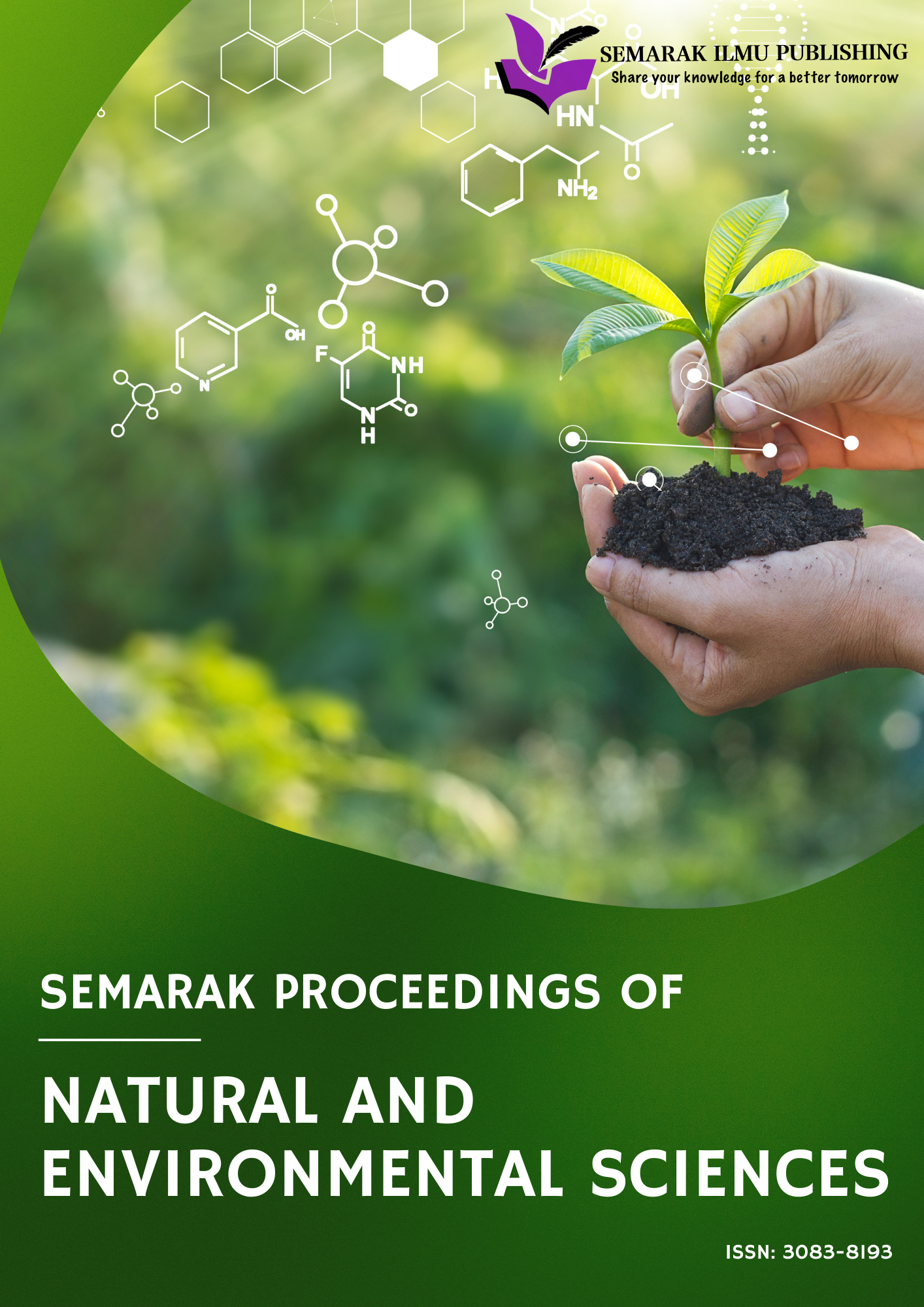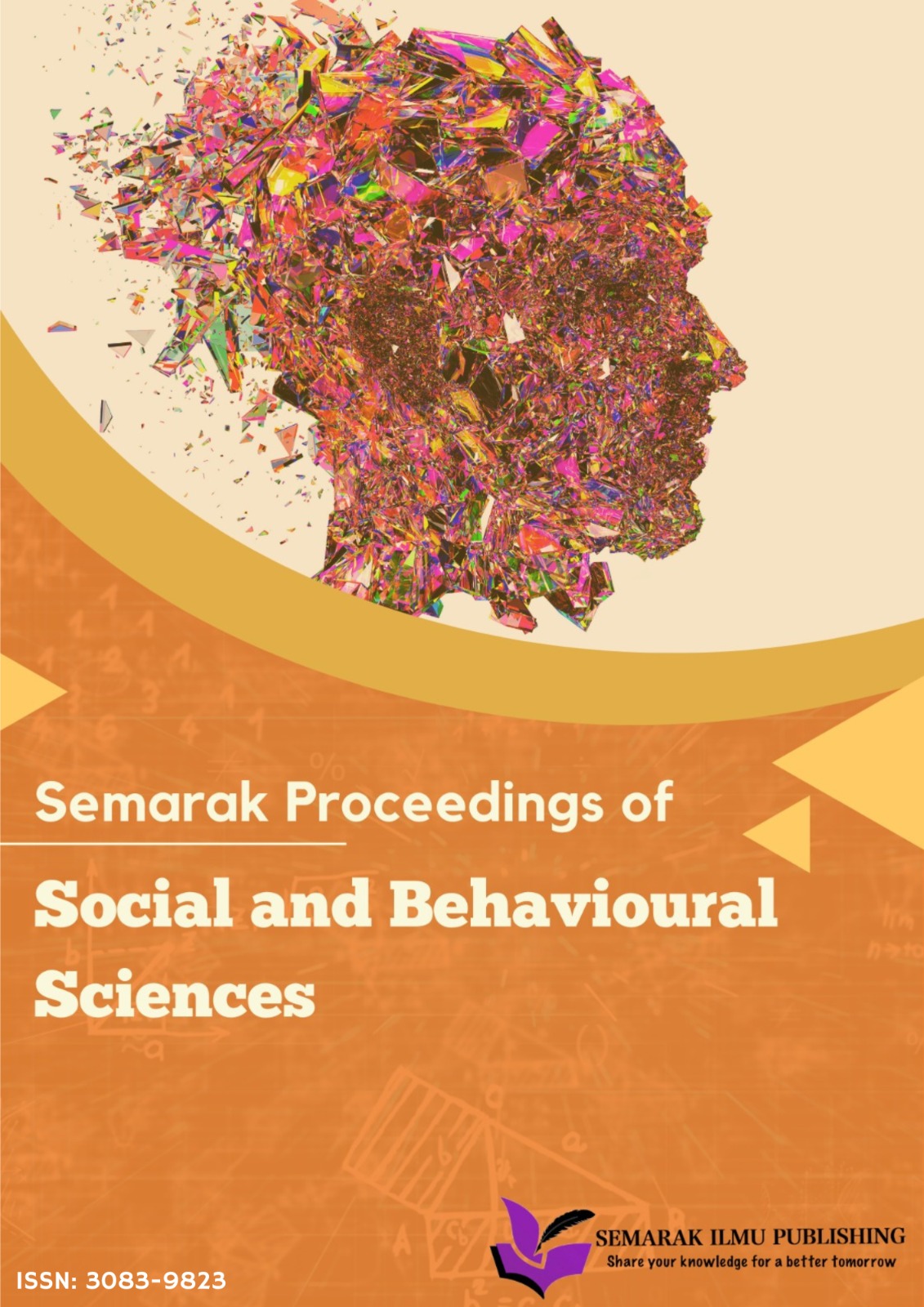Oil Pollution Sensing Based on Light Detection and Ranging
DOI:
https://doi.org/10.37934/spnes.3.1.1824aKeywords:
Oil, oil pollution, light intensity, light detection and ranging, sensorAbstract
We have developed a system for oil pollution detection using Light Detection and Ranging (LiDAR) technology. The system utilizes a TFmini-S LiDAR sensor and an ESP32 microcontroller to detect the presence of oil in freshwater. The LiDAR sensor emits laser pulses and records the reflection patterns from the water surface. The sensor identifies changes in reflected light intensity due to the presence of oil, distinguishing between clear water and oil-contaminated water. Experiments were conducted in controlled laboratory conditions using two types of oil samples: new gasoline oil and used gasoline oil. These samples were mixed with water to simulate oil pollution scenarios. The sensor readings were continuously monitored, and the data was analysed to assess the effectiveness of the system. Results show that the system could detect changes in surface properties caused by oil, with distinct patterns observed for new and used oil samples. New oil demonstrated more stable sensor readings due to its uniform surface properties, while used oil exhibited fluctuations, likely due to impurities and varied surface textures. This research confirms the feasibility of using LiDAR technology to detect oil in freshwater environments. The system offers a non-invasive and real-time method for monitoring water quality and detecting oil pollution. Future work will involve optimizing the system for field deployment, including testing under varying environmental conditions such as temperature, light, and water movement. This study contributes to the development of LiDAR-based environmental sensing systems for pollution monitoring, providing a potential tool for environmental agencies and water management organizations to detect and manage oil spills effectively.









